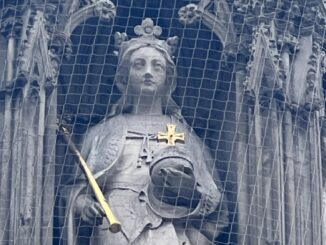
The Charing Cross: Victorian Medievalism
According to etymologists, the word ‘charing’ seems to come from the old English – “cerring”- meaning a bend, hence ‘charing’ appearing on many old maps, […]

According to etymologists, the word ‘charing’ seems to come from the old English – “cerring”- meaning a bend, hence ‘charing’ appearing on many old maps, […]
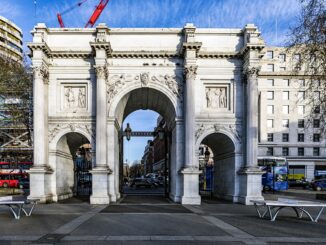
If it’s possible to feel sorry for a pile of stones, the Marble Arch is probably deserving of sympathy. Like a Hollywood megastar now scratching […]
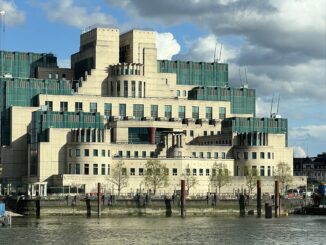
Trains from Clapham Junction to Waterloo generally stop at Vauxhall, and whenever on the service I look at the passengers getting on or off at […]
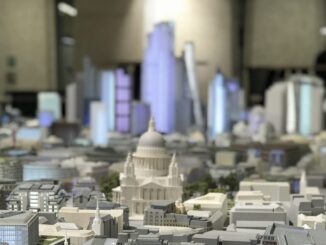
Should you want to feel godlike, the entire capital spread out beneath your glorious presence, then the place to go is The London Centre, in […]
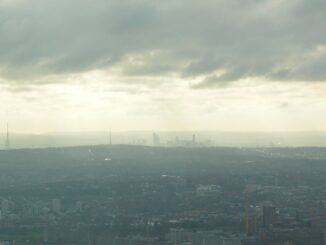
At 278m (912’) and 63 storeys, the new(ish) office block at 22 Bishopsgate is the tallest building in the City of London, and second only […]
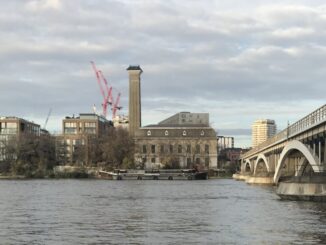
As one rattles across the Thames in to Victoria station an elegant building appears on the Chelsea Embankment on one’s left. It’s a building on […]
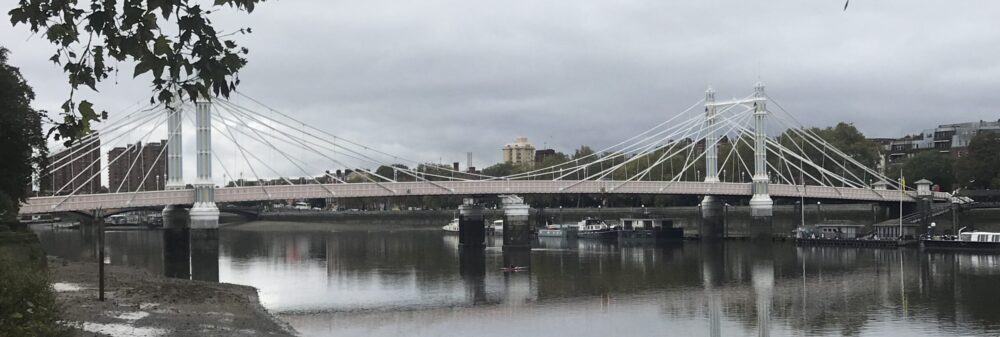
One of my all time great London moments was a late summer evening about 30 years ago when I was walking home from a meeting […]

It’s the platform for a trillion photos – to the west is Buckingham Palace, framed by trees, and look east to see Horseguards, the London […]
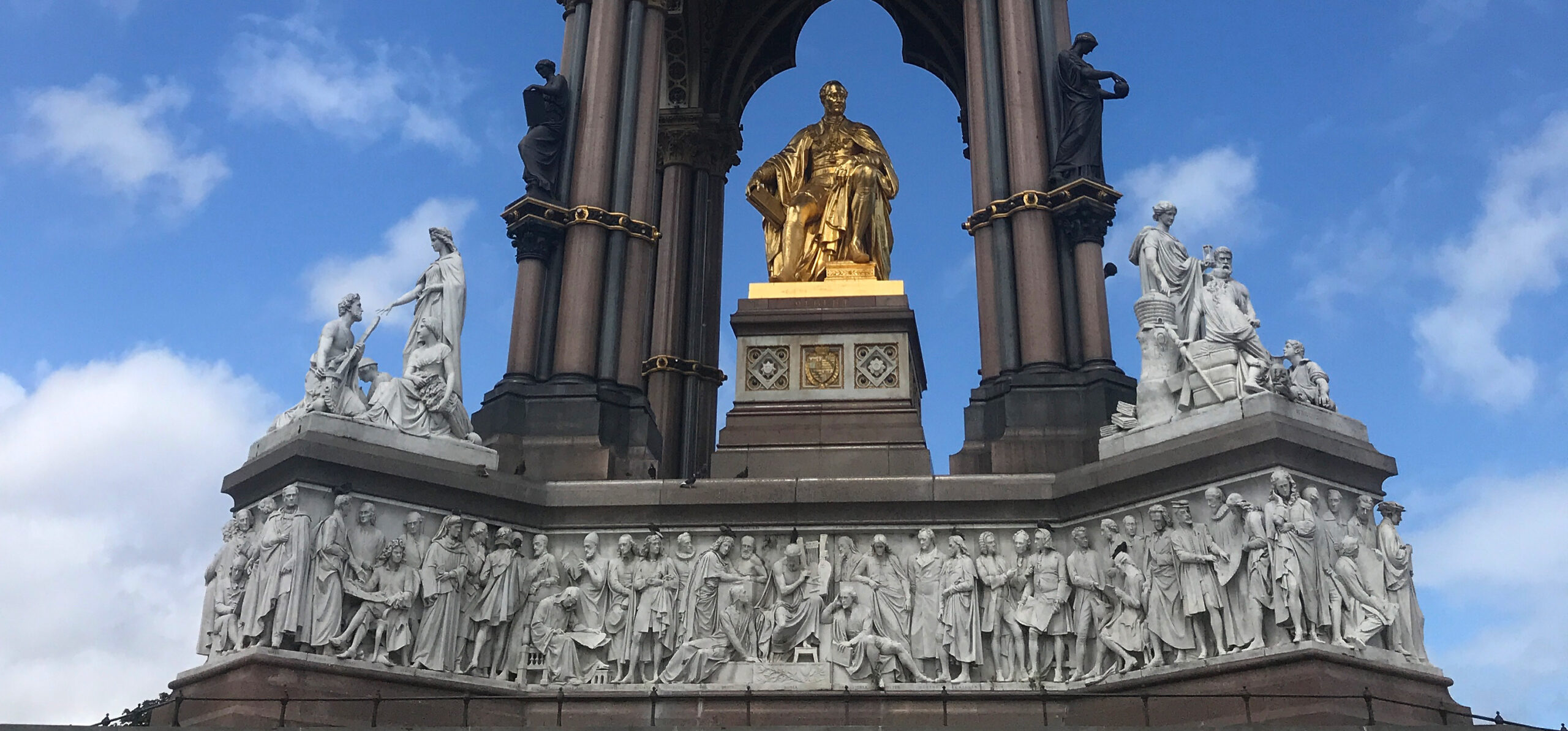
Of course the damn thing is utterly absurd. Every criticism of high victoriana – over-sentimental, over-decorated, over-elaborate to the point of fussy, over size – […]
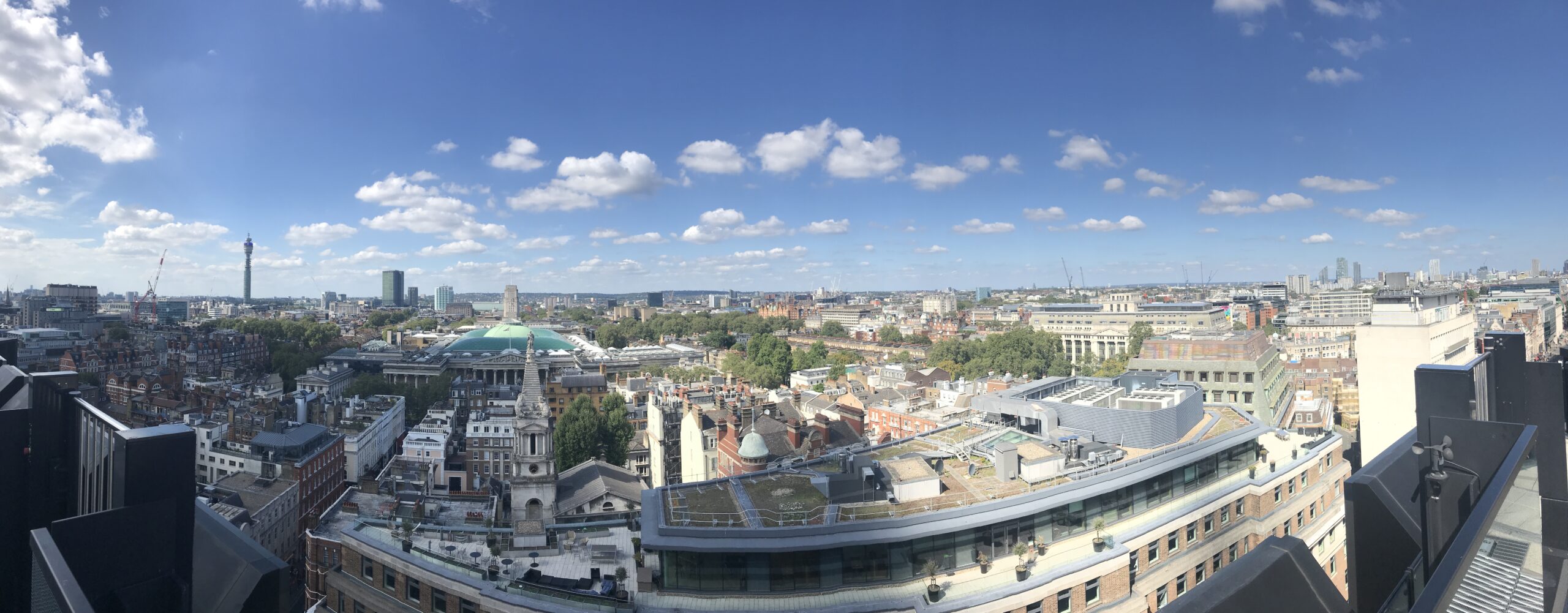
Find your way to the High Holborn entrance to the roof terrace of the new ‘Post Building’ (the former Royal Mail West Central District Office), […]
Copyright © 2024 | WordPress Theme by MH Themes